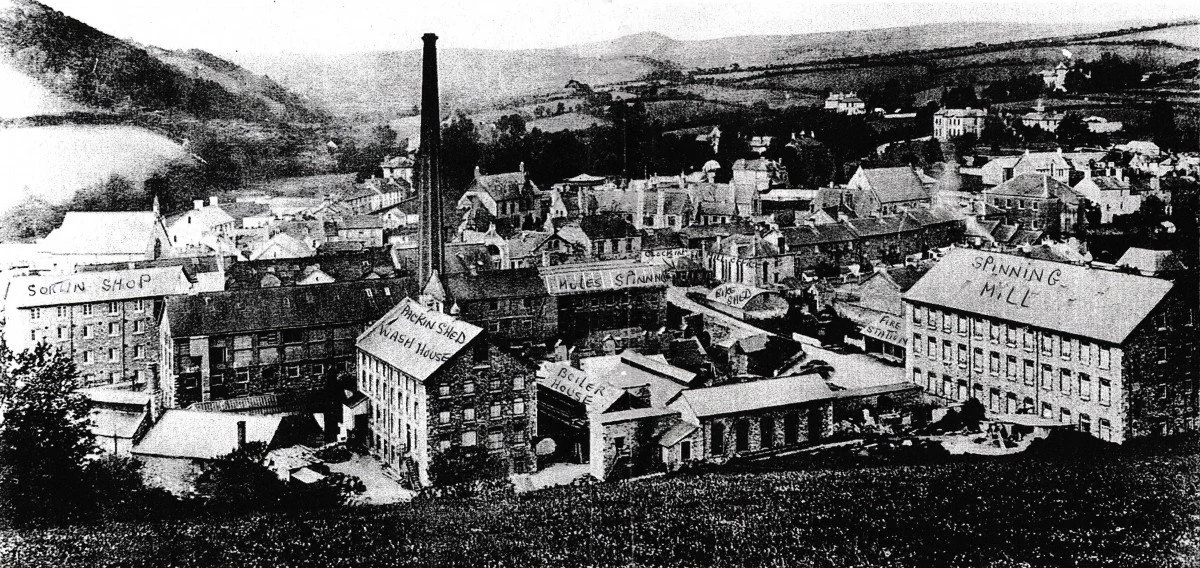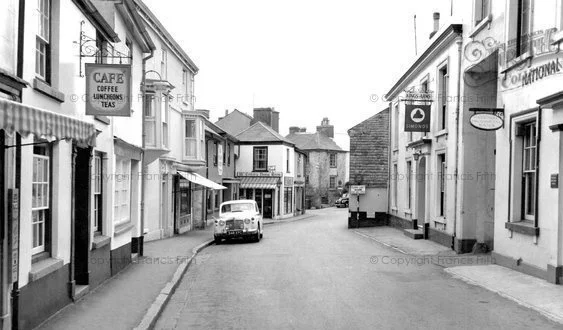Boil Our Bodies Down
And Make Us Into Glue
This was a dissertation exploring the space between the audience and performer. The introduction went as follows…
I have worked with various theatre companies and had the good fortune to observe a wide range of meetings between audiences, performers and stories. I and many other practitioners will wax lyrical about the ‘power of theatre’ – but this waxing will be based on assumptions, principally that everyone has had a positive experience of theatre. This is not so – and here we should hold a moment of silence for the many who have had a negative experience of performing or watching, those who want to forget and, like Plato, regard acting as not only frivolous, but quite possibly traumatising.
Returning to the believers, the conversation about the ‘power’ of theatre/storytelling will, almost certainly, focus on one of three aspects: the work of the performer, the quality of the text or, more rarely, the response of the audience. How these three elements mix is less discussed. This is both surprising and unsurprising. Surprise might come when we mark that the site of the collision or blending of these three elements is the core of the theatre power plant – it is the space where the fission or fusion occurs – where the element that defines theatre is generated. Our surprise may abate when we accept that this is an abstract, subjective and ephemeral space. Not only is it essentially not physical, but it also only truly exists at the time of the performance. Yes, there may be memories or even recorded images but essentially when the show ends the power station is switched off – dismantled. The room is empty, the performer is silent, the words rest untroubled on the page.
It was based not only on my personal experience but on interviews with six story telling performers
· Jan Blake
· Tim Crouch
· Ben Haggarty
· Alice Oswald
· Andy Smith
These are performers who work from the ‘stage’ end of the dynamic but who speak directly to an audience using little décor or costume. They are artists I chose knowing that they also ruminate on the strange nature of the space in question. I will introduce them as their thoughts enter this essay.
Lastly, I was also visited by Jeff, an experienced and much travelled performer who appeared, usually at the worst possible moment and insisted on making himself heard. Many thanks, Jeff.
The first chapter was grandly titled ‘Making Performance to Maintain Culture’. It was mercifully short and went as follows.
Why tell a story? To pass the time? To bond? For contractual reasons? To impart a lesson? To show off? The tellers I spoke to have a variety of reason for telling. For some it is their art – their form of expression. Another gathers people so they might then move on to create political change. Two tellers want to exercise the mind of the audience and encourage play. They all thought it was a ‘good thing’. They all thought it was an ignored thing.
I bet they’re gobby… like the sound of their own voices.
This is Jeff. Jeff appeared in the Chorus.
I prefer the capering myself, the goat dance and the singing.
OK, and why do you do it?
What year is it?
Let’s say 600 BCE
Oooh, I dunno.
Well, do you enjoy it?
Yeah.
And do you tell stories?
People give me wine
Did your dad perform?
And my Mum…
So why? Why do you all do it?
I don’t know why… Just do.
For all these tellers it’s a mix of meaning and expression. They all speak of moments of active and felt community. They sit at different points on the ‘social art’ to ‘art-for-arts-sake’ continuum and it is possible I imbue them with greater powers than they think they have, but perhaps I am not alone, they each have a sizable following.
Jeff, Jeff.
A pint if you’re buying.
No listen.
What if we told you your tellings are important. I’d say you’re pulling my plonker.
When you tell, we listen. We’re sort of transported. It takes us out of ourselves.
I know.
Well, that’s important. If you say so…. So, are you buying?

